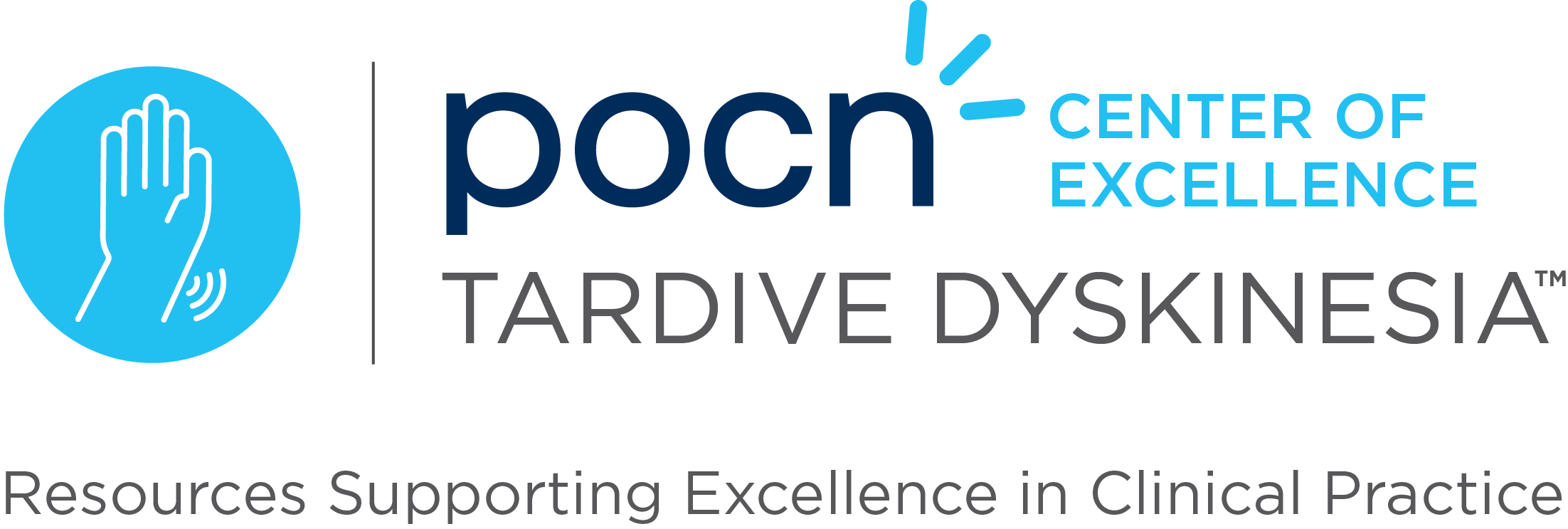Researchers aimed to establish the prevalence of tardive dyskinesia (TD) that is recognized by clinicians in a real-world therapeutic setting. To do this, data from electronic medical records were examined from a large community mental health center. Researchers focused on clinician-identified TD in patients who have been prescribe antipsychotics, and they looked at psychiatric provider meetings of 120,431 distinct adult and child patients from January 2013 to December 2017.
Their results showed that 50% of patients who were prescribed antipsychotics had Abnormal Involuntary Movement Scale (AIMS) data reported in their medical records, with just 1% of the patients who had a positive AIMS recognizing TD. Testing with AIMS represented the greatest amount of all recognized TD in this set of patients; however, just one-third of the patients with reported positive AIMS had a clinical TD diagnosis that was recorded through the prescriber’s diagnostic impression list using billing code information. The researcher’s finding of just 1% of patients who were prescribed antipsychotics with TD is significantly lower than the known prevalence estimates of TD seen in prior research.
The researchers note the importance of identifying and treating TD with the newer availability of treatments that are approved by the US Food and Drug Administration. Policies and procedures for TD assessments can be put in place to confirm more regular and accurate identification of TD among patients who are prescribed antipsychotics.
Reference: North CS, McDonald K, Hunter J, Burruss J. Prevalence of Tardive Dyskinesia in an Electronic Medical Record Study at a Large Community Mental Health Treatment Center. Prim Care Companion CNS Disord. 2022;24(4):21m03069. doi:10.4088/PCC.21m03069



